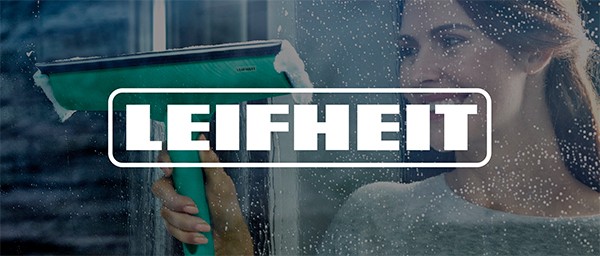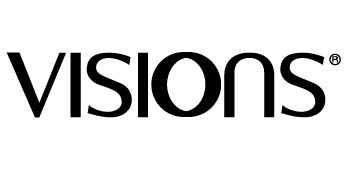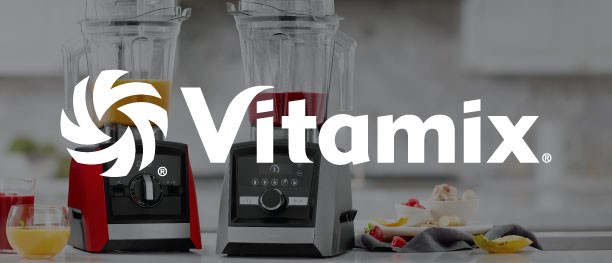How to Use a Drone for the First Time with Camera – Step-by-Step Guide for Beginners in New Zealand
.jpg)
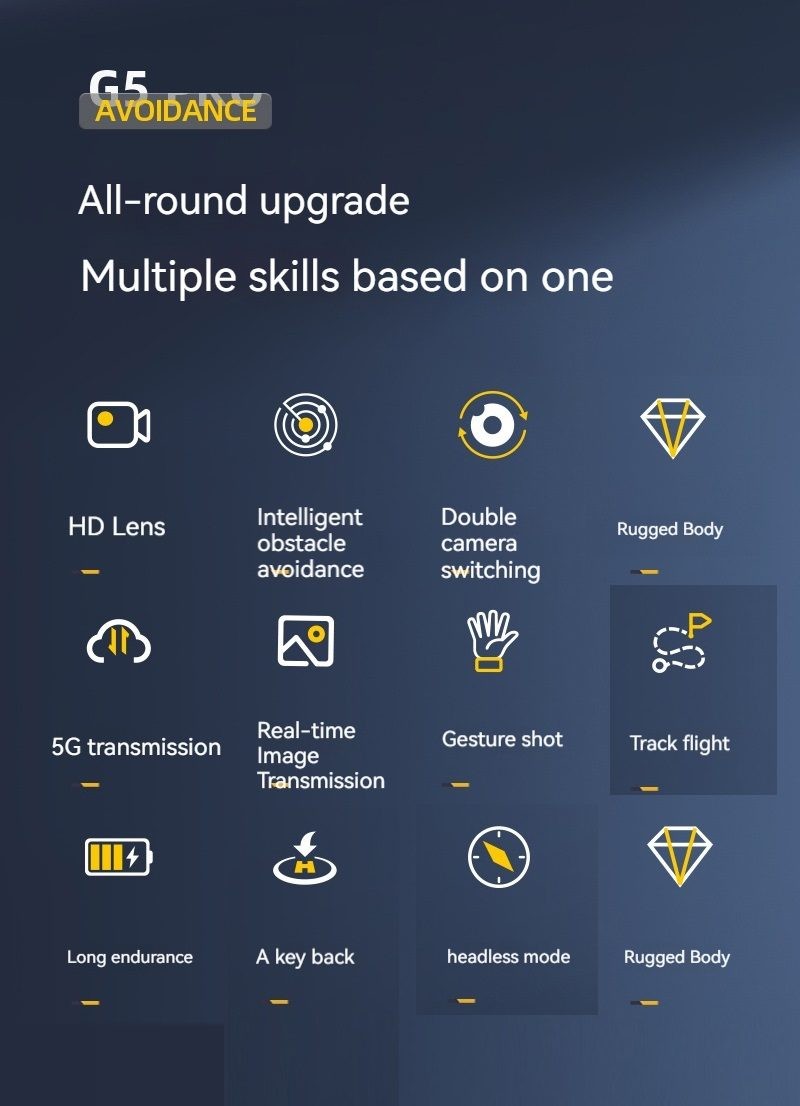
Drone, G5, 4K Dual Camera, Obstacle Avoidance. with 2 Batteries
Gift Tree
Approx $60.72 USD
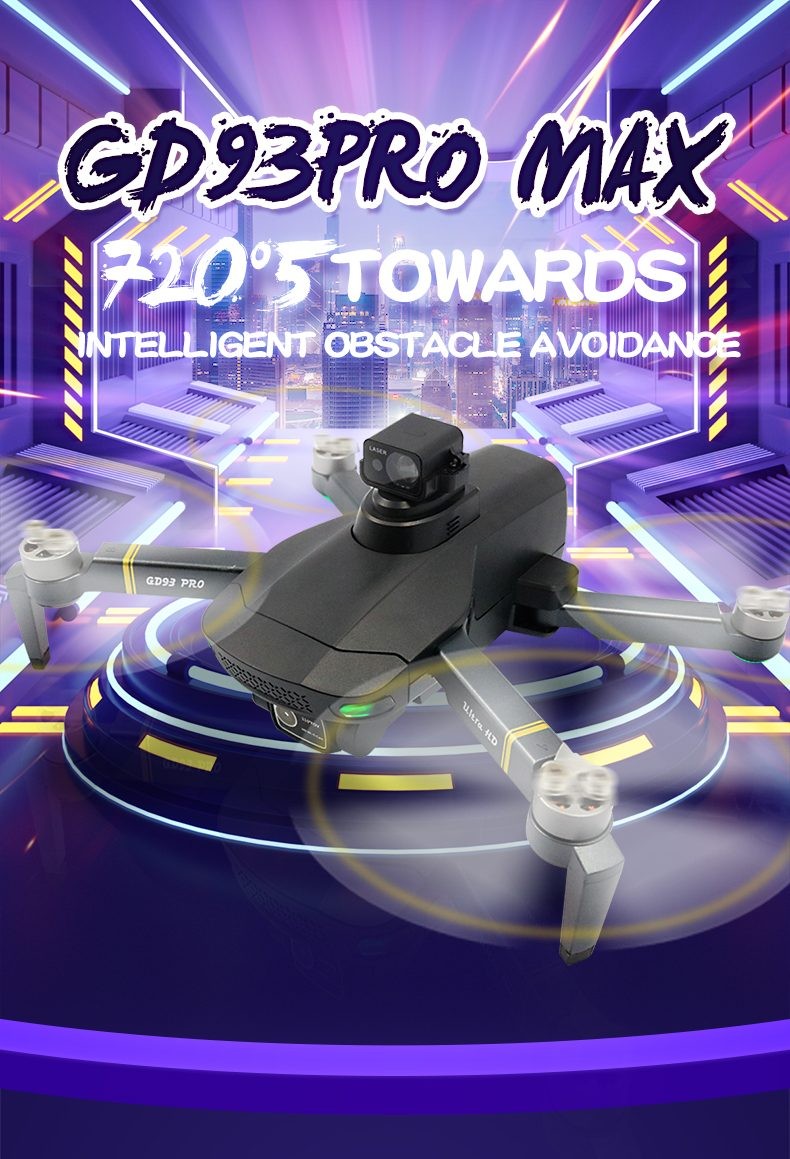
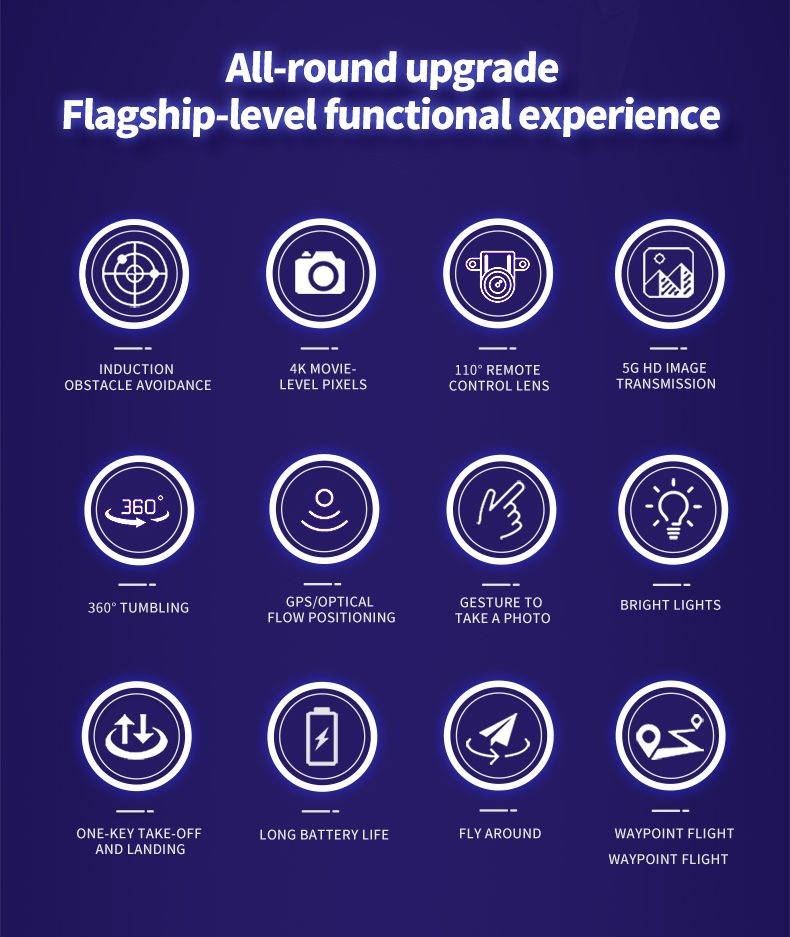
Drone, GD93 Pro MAX Obstacle Avoidance GPS Drone
Gift Tree
Approx $242.90 USD
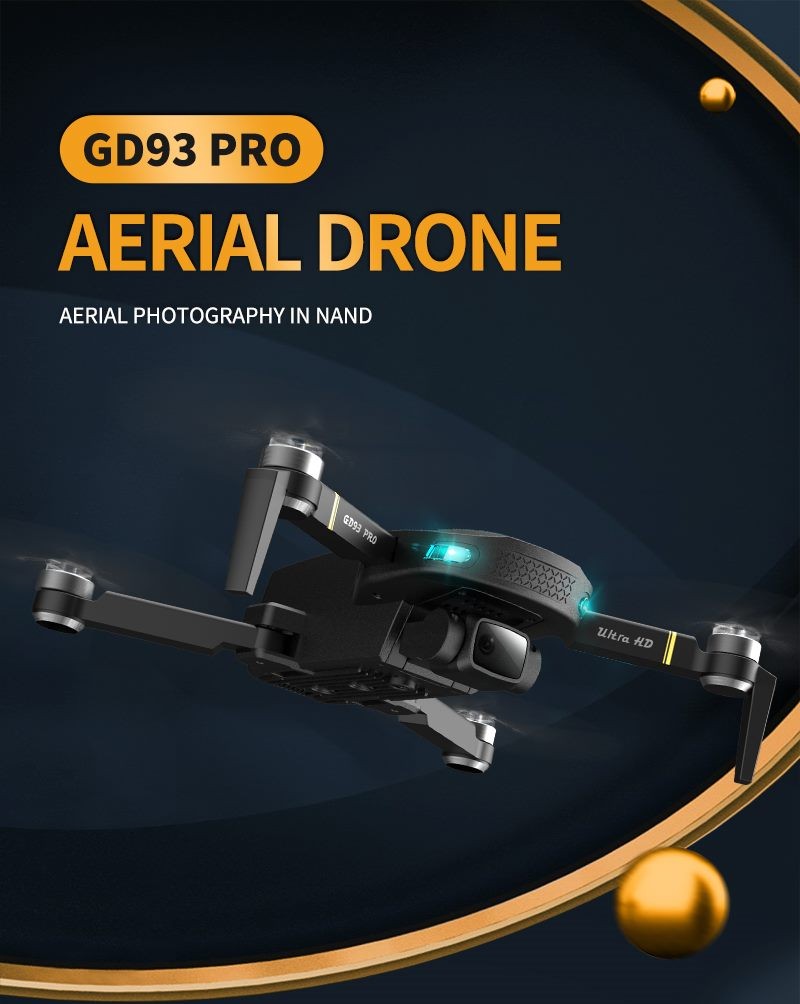
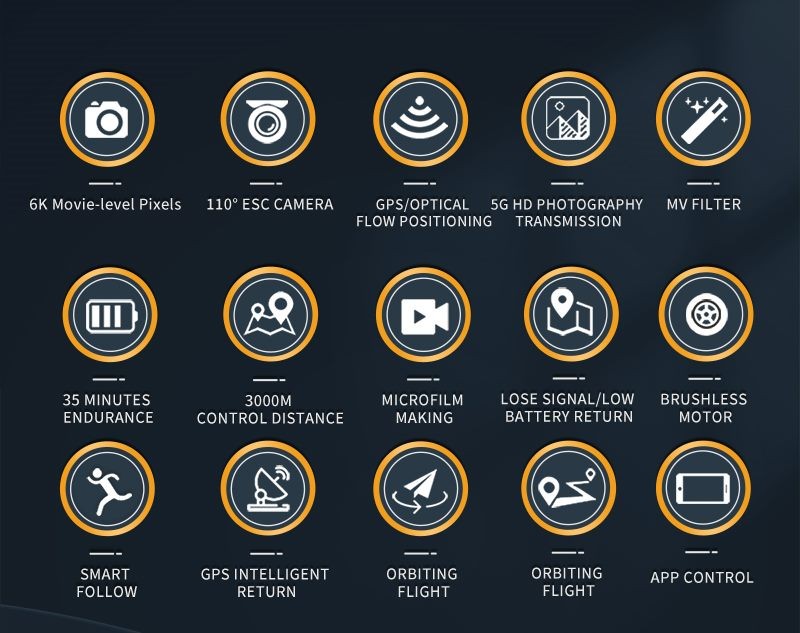
Drone, GD93 Pro 6K Professional Dual Camera, GPS, 5G WIFI, Foldable Drone
Gift Tree
Approx $212.54 USD
Drones with cameras have opened up new possibilities for both professional and amateur photographers, allowing for stunning aerial views
that were once only possible through helicopters or planes. If you’re new to drones and want to get started with aerial photography, it’s
essential to learn the basics of drone operation, especially when flying with a camera. Whether you’ve just purchased your first drone or
are planning to take it out for the first time, understanding how to operate it effectively and safely will ensure that your experience is
enjoyable and productive.
In this guide, we will take you through everything you need to know about using a drone with a camera for the first time, specifically tailored to beginners in New Zealand. From understanding drone controls to taking your first aerial shots, we cover each step to help you get started on the right foot.
Drones are not only fun to operate but can also offer incredible photography and videography opportunities. Whether you plan to use your drone for capturing New Zealand’s beautiful landscapes, sports events, or even family gatherings, mastering the basics is essential. With the right equipment, settings, and knowledge, your first-time flying experience can be successful and enjoyable.
Key Features
-
User-Friendly Controls: Most modern drones with cameras come equipped with user-friendly controls, making it easier for
beginners to learn how to fly and take stunning shots.
-
High-Quality Camera: The built-in cameras on drones are designed to capture high-resolution photos and videos, ensuring
that you can create amazing content from your first flight.
-
Automatic Flight Modes: Many drones have automatic flight modes that help beginners fly with greater ease, such as
"return-to-home," "follow-me," and "altitude hold" modes.
-
Safety Features: Drones often come with safety features like GPS positioning, obstacle avoidance, and altitude limiters,
helping prevent accidents and keeping your drone in safe flight.
-
Compact and Lightweight Design: Many entry-level drones are designed to be lightweight and compact, making them easy to
transport and store, ideal for first-time users.
-
Long Battery Life: Modern drones often come with extended battery life, ensuring that you can fly for a longer period,
capturing more photos and videos.
-
Live Video Feed: Some drones allow you to view a live video feed from the camera through your smartphone or remote
controller, enhancing your flying and photography experience.
-
Durability: Drones are built to withstand occasional bumps or minor crashes, making them perfect for beginners who are
still learning the controls.
Benefits
Operating a drone for the first time with a camera offers numerous benefits, both in terms of practical usage and the fun of learning a new
skill. Here are some key advantages of using a drone with a camera as a beginner:
-
Capture Stunning Aerial Footage: Drones provide the ability to take breathtaking aerial photos and videos, allowing you to
see the world from an entirely new perspective.
-
Creative Possibilities: Whether you want to capture scenic views of New Zealand’s beaches, mountains, or urban landscapes,
drones give you the flexibility to experiment with angles, perspectives, and compositions.
-
Easy to Learn: Most beginner drones are designed with ease of use in mind, featuring intuitive controls and automatic
flight modes that make flying simple for newcomers.
-
Enhanced Photography Skills: Using a drone can enhance your photography skills by teaching you how to compose shots, plan
flight paths, and take full advantage of the drone’s camera capabilities.
-
Safe and Stable Flight: Drones come equipped with stabilizing features like GPS, which allow for smooth, stable flights and
reliable control, even for first-time users.
-
Remote Control Convenience: Operating a drone with a camera via remote control allows for precise control over the flight
path, speed, and camera angle, giving you the flexibility to capture specific shots.
-
Document Events: Drones are perfect for documenting family events, sports activities, or outdoor adventures, offering a
unique perspective that you can’t get from ground-based photography.
-
Fun and Educational: Learning how to operate a drone is both fun and educational. It provides a hands-on way to explore
aerial photography while building a new skill set.
How to Use a Drone for the First Time with Camera
-
Charge Your Drone and Remote Controller
Before you begin, make sure both your drone and its remote controller are fully charged. Battery life is essential for ensuring that you have enough time to fly and capture footage. Read your drone’s manual for the specific charging time.
-
Check the Weather Conditions
Flying a drone in windy conditions or poor weather can be dangerous, especially for beginners. Make sure you’re flying in ideal conditions, with little wind and clear skies. New Zealand’s weather can change rapidly, so check local conditions before taking off.
-
Choose a Safe Location
For your first flight, choose a spacious and open area, free from obstacles such as trees, power lines, and buildings. Parks or large fields are ideal locations for practicing flying a drone. Make sure there are no people or animals nearby to avoid accidents.
-
Power On the Drone and Remote
Turn on your drone and remote controller, making sure they are connected. This connection typically involves pairing the controller with the drone’s Wi-Fi or Bluetooth signal.
-
Learn the Basic Controls
Familiarize yourself with the basic drone controls:
- Throttle: Controls the altitude of the drone (up and down).
- Yaw: Controls the drone’s rotation (left or right).
- Pitch: Controls the forward and backward movement of the drone.
- Roll: Controls the left and right tilt of the drone.
- Camera Controls: Adjust the angle of the camera to capture different views.
-
Take Off Slowly
Start with a slow, controlled takeoff. Gently push the throttle up to lift the drone off the ground. Once the drone is airborne, stabilize it at a height of around 5-10 meters to get comfortable with the controls.
-
Practice Basic Maneuvers
Before capturing photos or videos, practice basic maneuvers such as hovering, turning, and moving forward and backward. Once you feel confident, you can begin experimenting with the camera.
-
Capture Photos and Videos
To take pictures or videos, use the controller’s camera button or your smartphone screen, depending on the drone model. Remember to compose your shots by adjusting the camera angle and flight path. Try to keep the drone stable to avoid blurry images.
-
Practice Aerial Shots
Experiment with different angles and altitudes to capture creative shots. Flying in a circular path, for example, can provide dynamic shots of landscapes or subjects below.
-
Land Safely
When you’re ready to land, gradually lower the throttle to bring the drone back to the ground. Aim to land on a flat, open surface to ensure a smooth landing. Some drones offer automatic landing features that can assist with this process.
Why Choose This Product
Using a drone with a camera for the first time in New Zealand can be an incredibly rewarding experience, and here’s why this guide and these
products are your best choice:
-
Comprehensive Guide: This detailed guide helps you learn how to operate your drone effectively, from basic controls to
aerial photography tips, ensuring that you’re confident from your first flight.
-
High-Quality Camera: Drones with high-quality cameras offer exceptional image and video quality, giving you the opportunity
to capture stunning visuals of New Zealand’s natural beauty.
-
Safety Features: Beginner-friendly drones are designed with safety features like GPS stabilization, obstacle avoidance, and
automatic return-to-home functions, helping to reduce the risk of accidents.
-
Easy to Learn: With intuitive controls and automatic modes, beginners can quickly learn how to fly and operate the camera,
making it accessible to people of all skill levels.
-
Versatile: Perfect for capturing everything from breathtaking aerial views of New Zealand’s mountains, lakes, and coastline
to everyday family moments and events.
Who Should Get This Product
-
Aerial Photography Enthusiasts: If you’re interested in capturing stunning photos and videos from a new perspective, a
drone with a camera is the perfect tool to expand your creative options.
-
Adventure Seekers: New Zealand is known for its incredible landscapes, and a drone allows you to capture these natural
wonders from the sky, whether you’re hiking, exploring, or sightseeing.
-
New Drone Pilots: If you’re a beginner looking to learn how to fly a drone with a camera, this guide provides the
step-by-step instructions and tips you need to succeed.
-
Tech-Savvy Individuals: For those who love exploring new technology, drones offer a unique experience that combines
innovation with creativity.
-
Outdoor Enthusiasts: Whether you’re into sports, nature, or travel, drones offer the ability to document your adventures
from unique aerial angles.
Final Thoughts
Learning how to use a drone for the first time with a camera can open up a whole new world of possibilities, whether you're exploring New
Zealand’s breathtaking scenery, capturing important events, or experimenting with aerial photography. With the right equipment, knowledge,
and practice, you can take stunning photos and videos that will impress everyone. Remember, take your time to practice and enjoy the
process. Drones are not only a fun way to capture memories but also a valuable tool for anyone interested in photography or videography.
Enter your content here



.jpg)

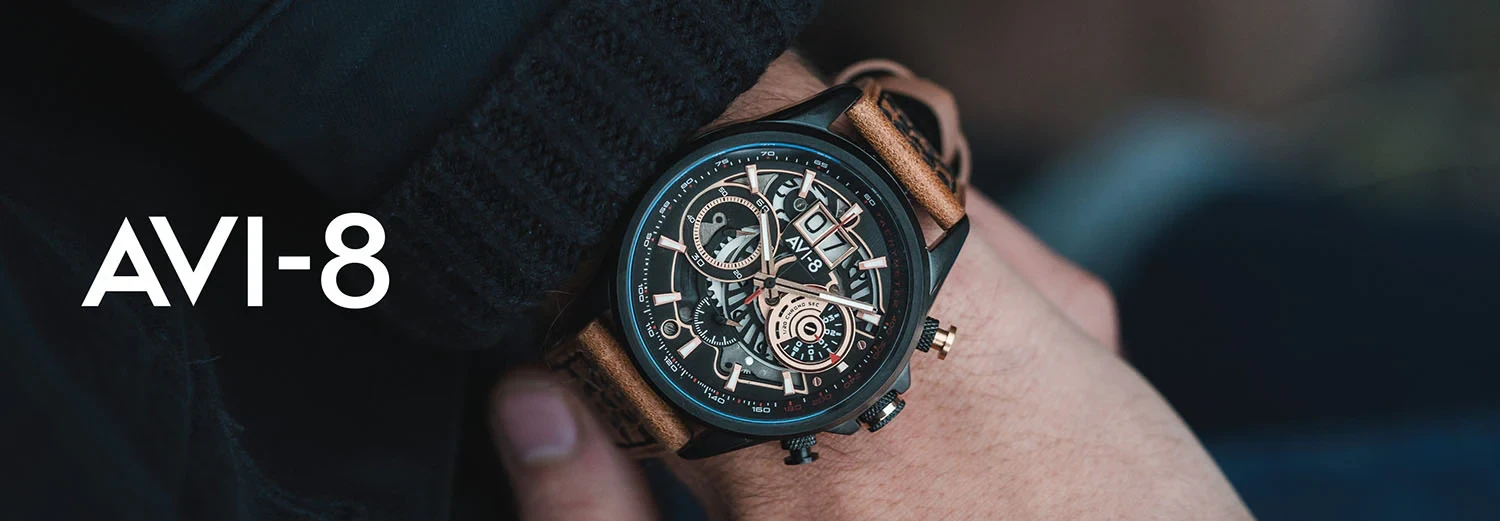







.jpg)





.jpeg)





.jpeg)



.jpeg)








.jpeg)



.jpeg)

.jpeg)
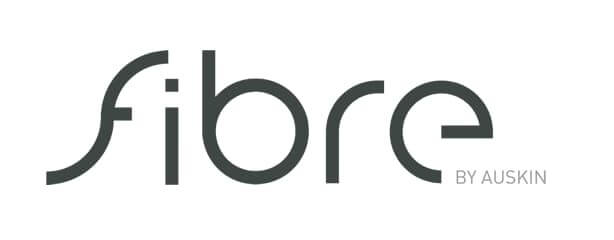
.jpeg)

.jpeg)
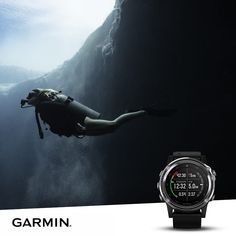



.jpeg)
.jpg)

.jpeg)






.jpeg)
.jpeg)




.jpeg)





.jpeg)


.jpeg)

.jpeg)

.jpeg)

.jpeg)


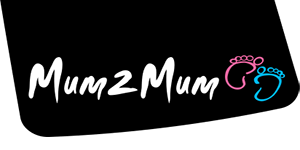




.jpeg)
.jpeg)
.jpeg)





.jpeg)



.jpeg)


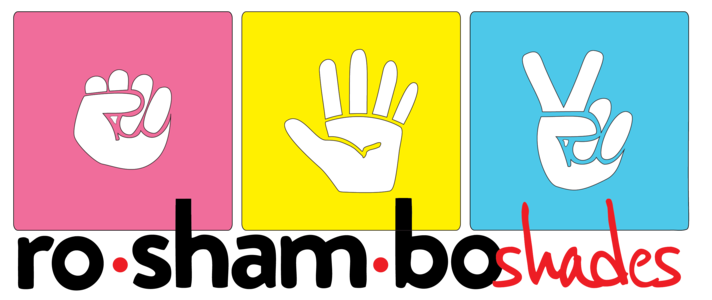

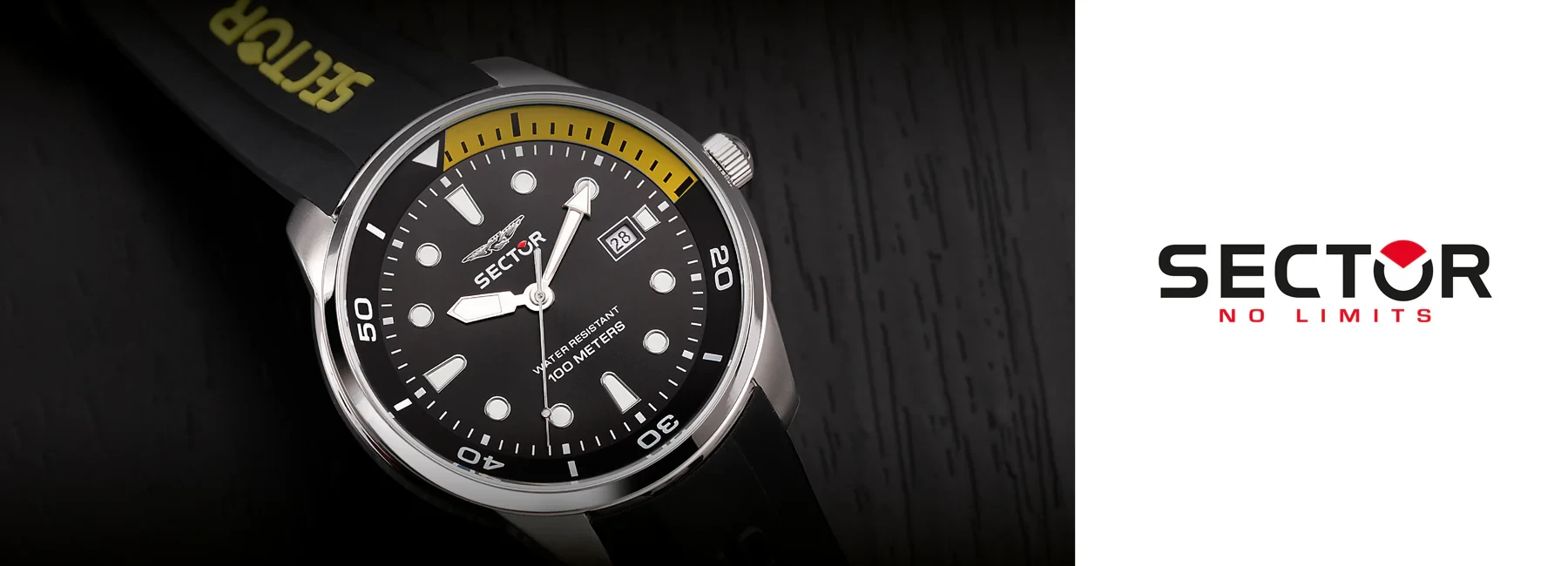

.jpg)
.jpeg)









.jpg)


ulva-Logo.jpg)




.jpeg)



.png)

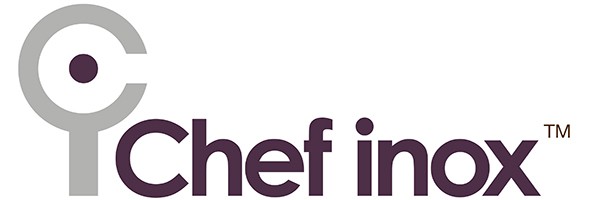






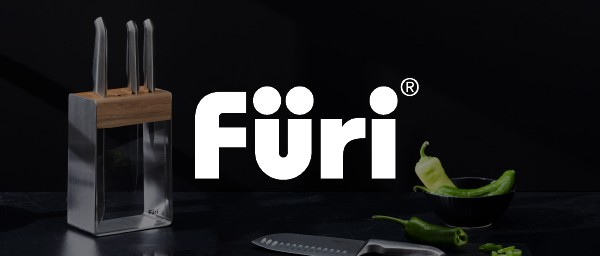

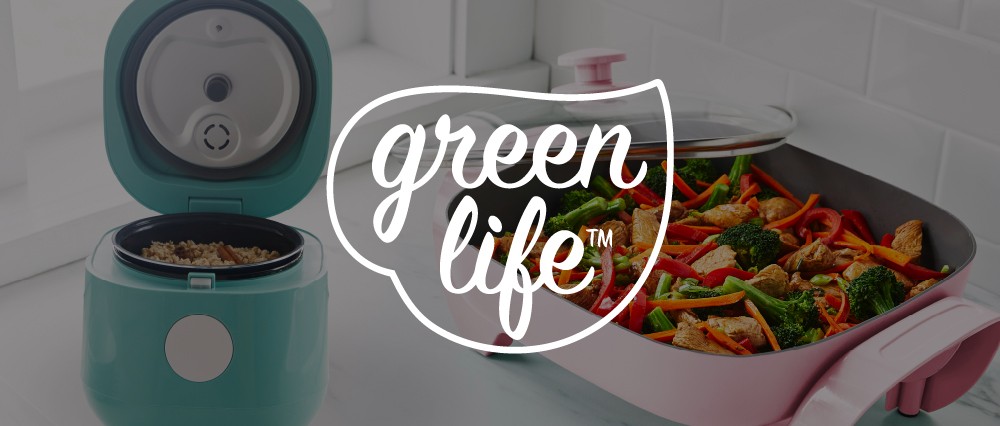


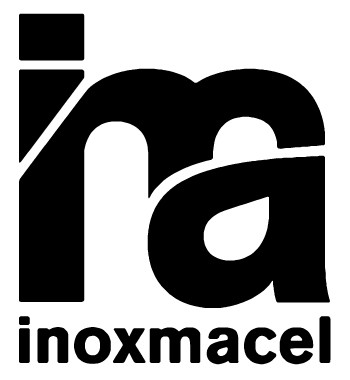
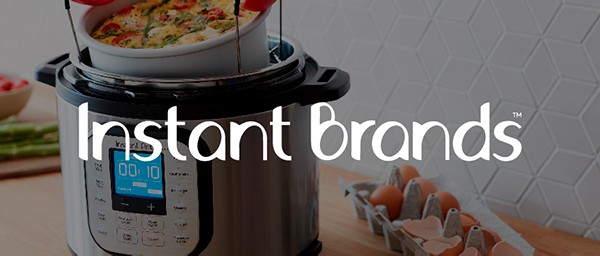
.png)



